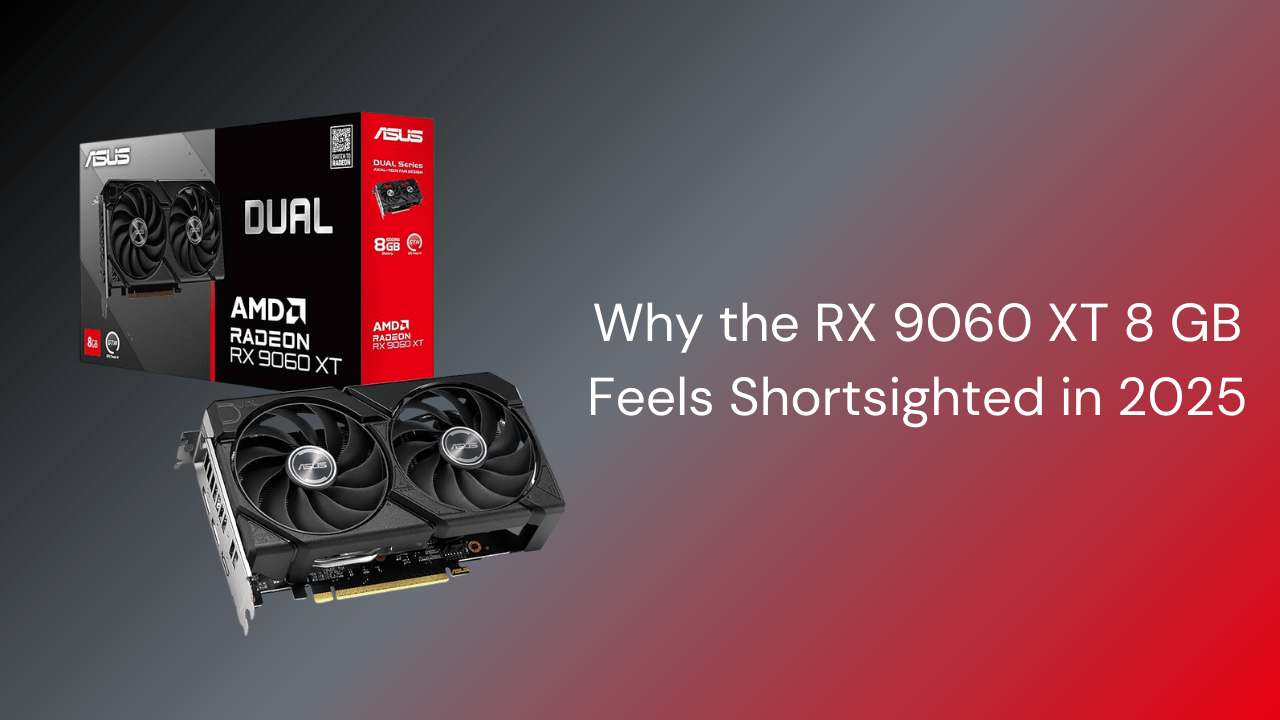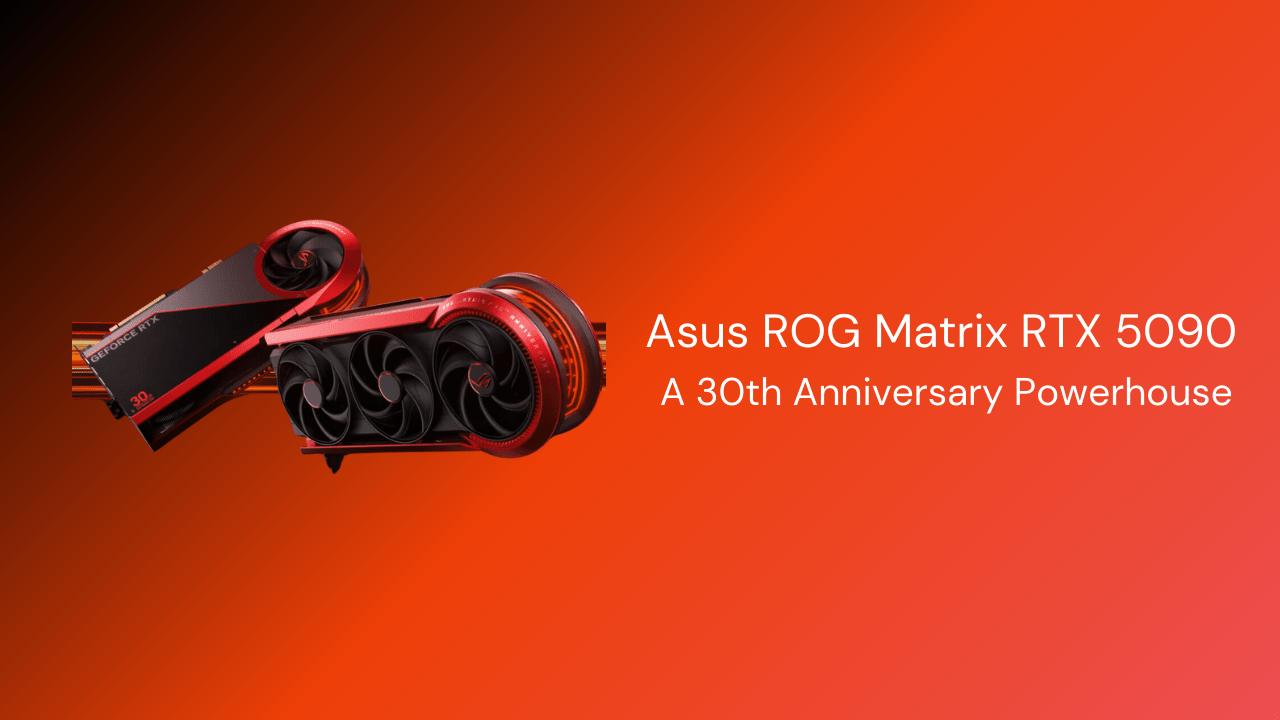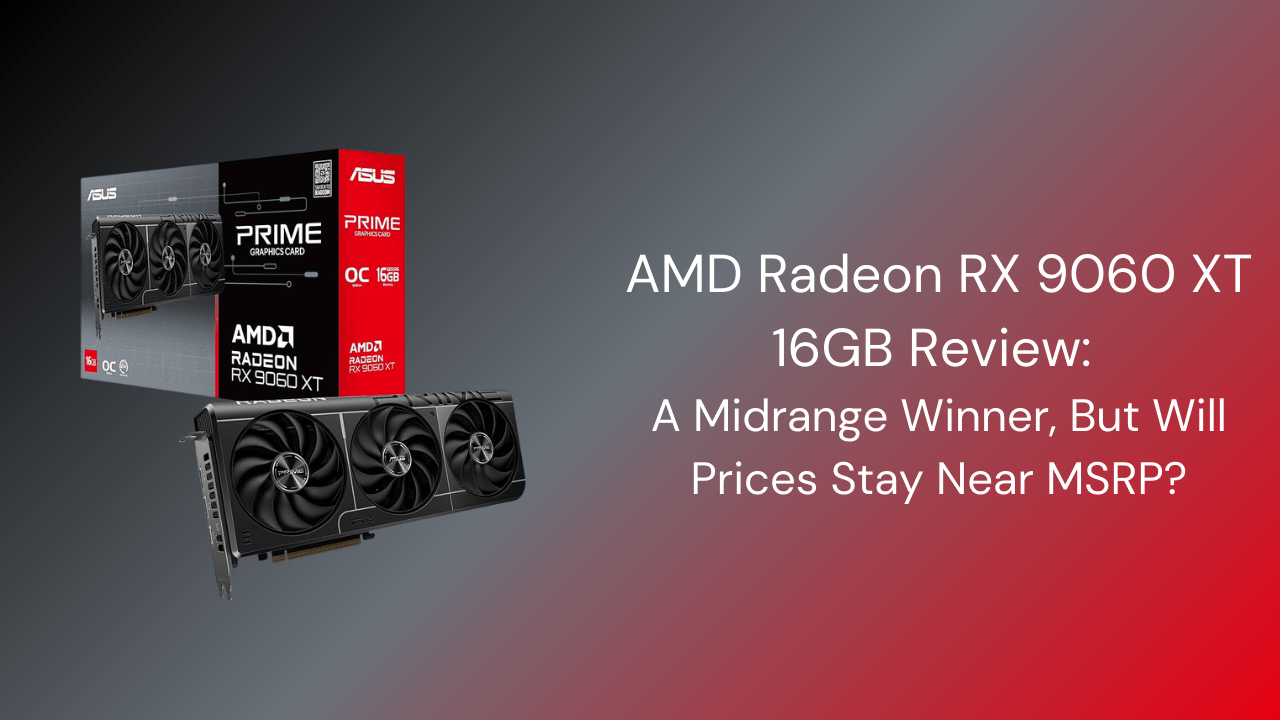1As the gaming world pushes forward into higher resolutions and richer game worlds, video random-access memory has become a critical resource. The Radeon RX 9060 XT 8 GB makes an initial impression as a capable midrange graphics card, but its limited memory is already turning into a serious liability. In title after title, this configuration struggles to keep up—particularly in modern rather than synthetic benchmarks—because games now demand fast access to textures, assets, and frame buffers that exceed 8 GB. These memory demands are only going to grow.
TechSpot’s thorough examination reveals that under demanding settings, frame rates for the 8 GB model drop sharply, especially when texture swapping becomes necessary. In games that have already begun to push VRAM usage above 8 GB, the GPU stutters, frames drop, and the experience suffers. Amazingly, this issue arises even when paired with high-end CPUs and fast system memory—demonstrating that even ideal system configurations cannot soften the impact of insufficient GPU memory.
The problem only intensifies in the context of a typical PC owner’s buying horizon. Most gamers expect to keep a new card for three to four years, hoping new titles will still run smoothly. With developers now optimizing for consoles and PCs equipped with 12 GB or more, the 8 GB GPU looks increasingly obsolete just partway through its lifecycle. The issue becomes even more pronounced when paired with older PCIe standards. TechSpot’s PCIe testing shows that placing the card in PCIe 3.0 configuration cripples performance in several games, simply because swapping between VRAM and system memory becomes a bottleneck. Even PCIe 5.0 cannot compensate for the lack of VRAM when the GPU is forced to rely on host memory.
This situation makes the 8 GB 9060 XT feel like a budget card today that hardly guarantees longevity tomorrow. For gamers who demand dependable performance in current and future titles, the model with only 8 GB stands out as a risky compromise. The price difference between 8 GB and 16 GB versions may seem marginal, but the long-term benefits of the larger memory buffer are significant, offering smoother gameplay, higher settings, and far less performance degradation over time.



